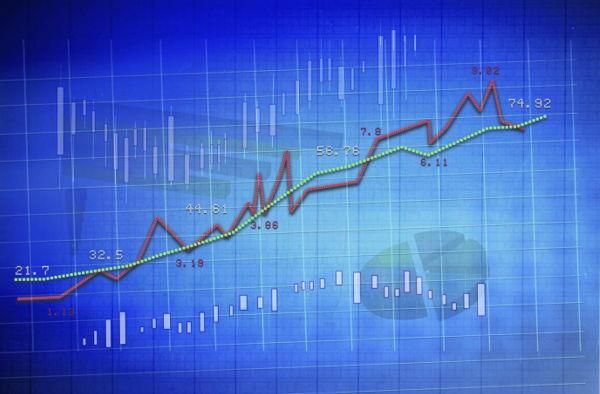The Future of Food: Navigating Sustainability in Our Kitchens
As we navigate our daily lives, the choices we make at the dining table echo far beyond our kitchens, impacting our planet and its future. This exploration dives into the transformative shift toward sustainable food practices, highlighting not only the benefits but also the essential changes needed to ensure our meals contribute positively to the environment. From farm to fork, every step presents an opportunity for innovation and improvement in how we grow, prepare, and consume our food.
The Rising Appetite for Sustainability
Recently, the trend toward sustainable eating has evolved from a niche interest to a mainstream movement. Individuals around the world are increasingly opting for food choices that promise lower environmental impacts and higher ethical standards. The drive behind this shift isn’t just about personal health benefits; it’s deeply rooted in a collective desire to reduce carbon footprints and conserve resources. By embracing locally sourced produce, reducing meat consumption, and supporting organic farming, consumers play a crucial part in a larger, eco-friendly tapestry. This movement is reshaping industries, pushing for transparency in food sourcing, and demanding more from the restaurants and stores they frequent.
Aligning Food Production with Environmental Goals
One of the most crucial aspects of sustainable eating involves bringing the world’s food production in line with climate goals. This ambitious objective requires a global effort to overhaul traditional agricultural practices that are often resource-intensive and damaging to ecosystems. Innovative farming techniques, such as vertical farming and permaculture, are making headlines as viable solutions that minimize land use and water consumption, all while maximizing yield. By reducing the distances food travels from farm to plate, we not only cut down on emissions but also enhance the freshness and nutritional value of our meals. The integration of technology in agriculture has also opened new pathways for monitoring and optimizing resource use, ensuring that sustainability is built into every bite.
Plant-Based Revolution: More Than Just a Trend
The surge in plant-based diets is perhaps one of the most significant contributors to the shift toward sustainable eating. This section delves into how plant-based alternatives are not just passing trends but are part of a crucial strategy to mitigate climate change. Livestock farming is a major source of methane emissions, a potent greenhouse gas, and by opting for plant-based options, individuals can significantly lower their ecological footprint. The benefits extend beyond emissions; plant-based diets often require less water and land, reducing the strain on these critical resources. As chefs and home cooks alike innovate with flavorful and satisfying plant-based recipes, the appeal of a plant-based lifestyle becomes irresistible to an ever-growing audience.
Revolutionizing Cooking with a Brick Oven
When it comes to sustainable kitchens, the brick pizza oven stands out not just as a culinary asset but as a beacon of eco-friendly technology. These ovens, celebrated for their energy efficiency, offer a greener alternative to conventional cooking methods. The charm of a brick pizza oven extends beyond its rustic aesthetic; it retains heat remarkably well, reducing the need for continuous energy input and thus lowering the overall energy footprint of cooking. Additionally, the intense heat and quick cooking times preserve nutrients and flavors, making meals not only more sustainable but also more delicious. For those passionate about both gourmet cooking and the environment, integrating a brick pizza oven into the home is a step towards a sustainable lifestyle that doesn’t compromise on quality or taste.
Smart Tech for Greener Groceries
As we try to make sustainable eating accessible, technology plays a pivotal role, particularly in how we shop for food. Apps and tools that trace food origins, assess carbon footprints, and provide transparency on production practices are transforming the shopping experience. Consumers can now make informed choices with a simple scan of a QR code, learning about the product’s journey and its environmental impact. This section examines innovative apps that not only help in making greener choices but also foster a culture of accountability among producers to uphold high environmental standards.
What’s Next for Sustainable Eating?
Looking ahead, the trajectory of sustainable eating seems promising and laden with potential. The convergence of culinary innovation, technological advancements, and consumer awareness is paving the way for a food system that prioritizes planet health. The next wave might include more personalized nutrition plans based on environmental impact, further advances in biotechnology for food production, and even greater community involvement in local food systems. The journey towards sustainable eating is ongoing, and each choice we make is a step toward a healthier planet.
The movement towards sustainable eating is not just a trend but a profound shift in how we view and interact with our food. By embracing innovative cooking technologies like brick pizza ovens, leveraging smart shopping tools, and choosing environmentally friendly diets, we are making strides toward a more sustainable and nutritious future. Our food choices have never held more power to effect change, both on our plates and on our planet.


